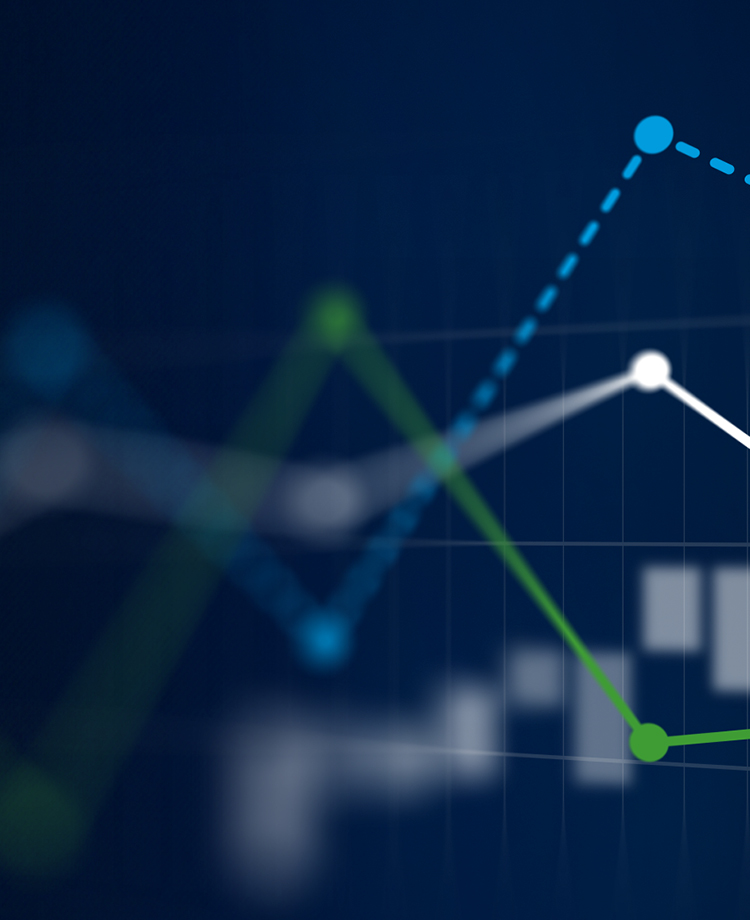29 April 2024
Rising credit impulse will support growth
One reason for the rather sluggish economy over the past few years is that UK households and businesses have focused on paying down debt rather than spending and investing. And this is understandable, given the rise in interest rates. But there are signs that process is coming to an end, especially among larger firms. A resurgence in credit growth will be a key driver of the economic recovery that we expect in the second half of the year.
Let’s put some numbers on it. Over the last 18 months, UK non-financial businesses have paid back an average of about £1.1bn in debt per month compared to an average increase in borrowing of about £0.6bn per month in the 18 months prior to the pandemic. This is almost entirely driven by SME firms paying back debt built up over the pandemic, with borrowing by large firms remaining roughly flat. The picture is similar, albeit less extreme, for households. They have borrowed an extra £2bn per month in the last year and a half compared to an average of £4.4bn before the pandemic.
The result is that the ‘credit impulse’ (the flow of new credit to the private sector as a percentage of GDP) has been negative for the last year. The credit impulse is a key driver of economic activity as households borrow to spend and businesses borrow to invest. Therefore, a negative impulse is associated with a contracting economy.
Consumer confidence set to grow
Fortunately, there are signs the situation is improving. After the credit impulse dropping to a low of -1.1% of GDP in Q3 last year, it has improved to just -0.3% and will likely turn positive in the next few months as the focus turns to stronger consumer confidence, an improvement in the economy and the investment needed to meet that demand. Lower interest rates and a pickup in the housing market will also help. A consumer-spending-led recovery could turn into a broader resurgence in business investment.
That said, it is clear that SMEs are still struggling with the legacy of the pandemic. Debt held by smaller firms is still 9% higher than before it, despite over two years of focus on repayments. What’s more, even if interest rates start to drop from the summer, the cost of debt will only reduce gradually. Both factors will limit the rebound in credit growth.
It is abundantly clear that UK businesses must invest significantly more to boost productivity and international competitiveness, but the legacy of pandemic debt and high interest rates are hampering that process. That’s another reason for the Bank of England to worry less about inflation being 0.1ppts above its forecast and much more about how the financial system can finance the investment needed by the real economy.
Sign up to our Real Economy communications for regular commentary and analysis from Tom on the changing economic landscape.




Subscribe to The Real Economy


Middle Market Business Index








